MEET THE “DESERT DOC”
The Mighty Panamints from Darwin Plateau, September 2019
Martin J. Blahnik, MD, the Desert Doc
MARTIN J. BLAHNIK, MD
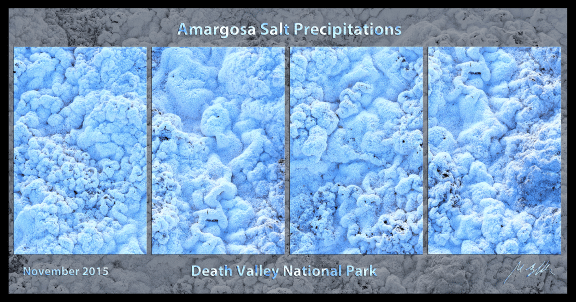
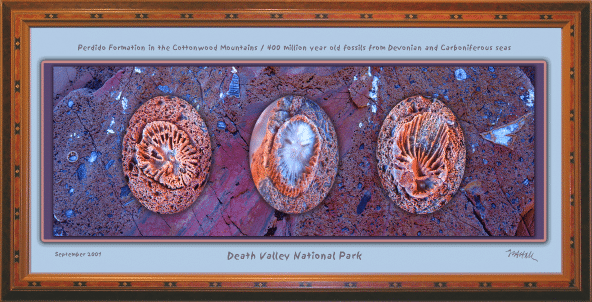
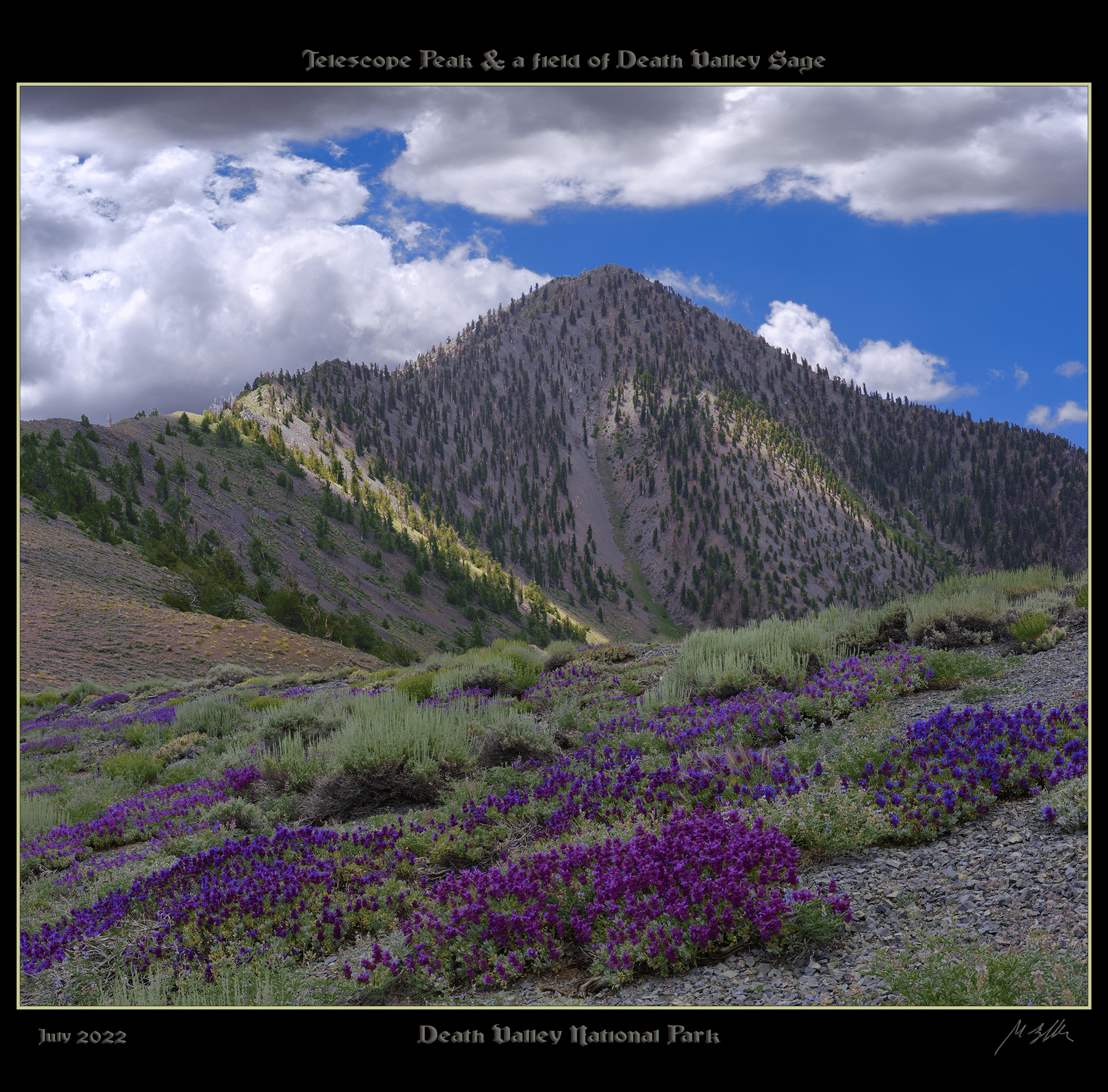
Just before, and just after, the turn of the century, Dr. Blahnik transitioned from film to digital photography just like everyone else. For film, the workhorse cameras he uses are:
1) 645 medium-format Bronica ETRSi, collector’s edition; and
2) large-format 4×5 K. B. Canham with Schneider lenses.
The film is drum-scanned into the digital realm using an Imacon Flextight Precision II machine. (In his book, the author profiles the Digital Revolution as an aspect of a rapidly changing civilization—in addition to profiling the Genetics Revolution). The style of photography that evolved for the photographer was dubbed “compilation photography.” The different parts to the grand vistas of Death Valley are photographed in pieces, separately, sometimes with different cameras; then in the digital darkroom, the pieces of the scene are brought together as an image “compilation” of sorts. The Desert Doc has been through many application versions of Adobe Photoshop , since the late 1990s. The program is ideal for compilation photography; and as everyone knows, it has become so popular that a new verb has been conceived—e.g., who hasn’t heard this?: “It looks like that’s been photoshopped.” Ha! History in the making.
The Desert Doc’s
Gallery Presentation Show
What is this? NOTES from the DESERT DOC:
In my book, the first chapter is called “The Doctor, the Desert.” I describe how as a mid-Westerner (born in Northern Wisconsin, a fourth generation Czech American), I came to love the desert lands of the American West; indeed, the desert became my “mistress.” Eventually, this evolved into a spirited desire to present to an audience the inspiration derived from visiting our American desert parks, and doing photography there, like in Anza-Borrego Desert State Park (the largest state park on the lower forty-eight at a huge 640,000 acres [2,590 sq km]), and Death Valley National Park (the largest national park on the lower forty-eight at a whopping 3.3 million acres [13,355 sq km]). These presentations were given the appellation, The Desert Doc’s Gallery Presentation Show!
The performance art shows are called “chapters.” Chapter One in 2004 was named “A Child is Born”; there were fifteen shows over a couple of months, about a dozen people each time. These featured poetry portraying my True Love for the desert, and my love for my young daughter, Madison the Desert Rose—in addition to, of course, exhibiting the Desert Doc’s photography.

One might ask:
“Why the title, A Child is Born?”
My daughter Madison lived her life as an unborn child—her mother is Kimberly Rose—during the weather season, July 1, 1997, to June 30, 1998; then she was born August 4, 1998. That weather season was an El Niño year; this has real meaning, it has a specific scientific definition, just take a look at the website for the World Meteorological Organization. El Niño years come naturally—and cyclically but uncommonly—they are an atmospheric phenomenon effecting normal climate change worldwide.
This weather phenomenon is also referenced as the El Niño-Southern Oscillation (ENSO) by the weather experts. Interestingly, there was a time when it was called El Niño de Navidad (i.e., the Christmas Child in Spanish), because the change in weather patterns was typically felt around Christmas time. Thus, we see that “El Niño” is pointing to the birth of Jesus Christ. He is the child.
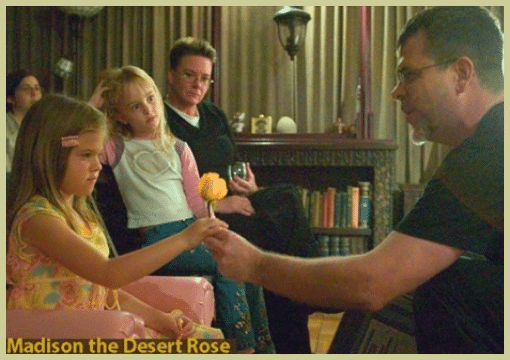
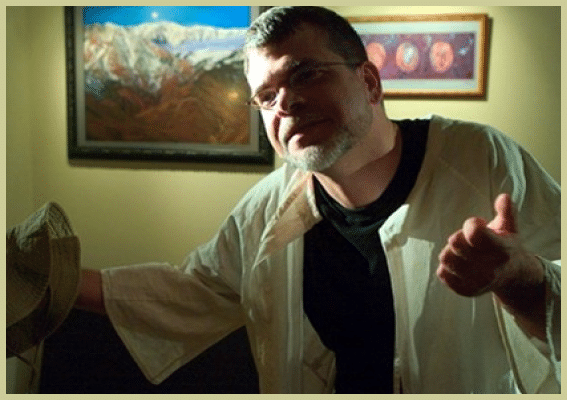
“The child” is a gift from the heavens, a gift from Mother Nature who gloriously gave birth to Jesus Christ. Accordingly, we have “A Child is Born” during every El Niño year. For me, that child was obviously my daughter, Madison the Desert Rose, a gift from above during the 1997-1998 El Niño year. I ascribed the fate of this pregnancy to the blessings of the El Niño angel, as my imagination would have it, in coming to an inspired, even ecstatic, state of emotion that year. Thus the celebration, Chapter One: “A Child is Born,” presented as The Desert Doc’s Galley Presentation Show!
There’s more to this story…
During our pregnancy with baby Madison, it was my very first El Niño after moving out to the American West, in 1993, from the mid-West—i.e., Wisconsin. In fact, I didn’t even know that an El Niño weather phenomenon existed! I didn’t know this until it came about, surprisingly, at the same time my girlfriend Kimberly announced to me, surprisingly, that we would thenceforth be living with our unplanned pregnancy—i.e., to put it bluntly, I knocked her up! So the day was coming when we would say, “A Child is Born.”
But besides the surprise that it was now my destiny to be a father, there was also the surprise in watching, over months and months, the incredible rare beauty of American deserts during an El Niño year. The flowers! Wow—the tearing-jerking beauty of so many wild flowers, scenes from the heavens, again and again, I was there. The panoply of colors and sweet aromas of the natural environment enamored me to no end. This was the moment, all alone sleeping in the desert as recluse, when I realized that I have found my “mistress” for life: THE DESERT.






